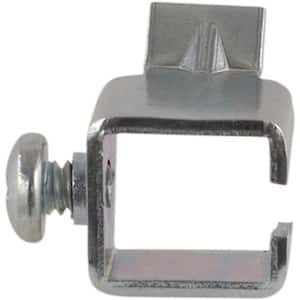This doesn't violate any code sections I've ever read (which, I freely admit, does NOT include ALL code sections).
Typically, what happens is a breaker trips, and an employee goes to the panel to find the tripped breaker. They see a couple of handles in the "off" position and start turning them on. When that doesn't work, they look a little closer and find that the handle on one breaker is in the middle, so they cycle it off and back on, and the circuit comes back on.
A rule requiring all spare breakers to be turned off will only have a chance of working if the panels are only accessible to trained personnel who have been instructed to leave those breakers turned off. Most hospitals I've seen have panelboards flush-mounted in corridors, and they're kept unlocked in case a breaker trips and the hospital staff needs to turn it back on. Under those circumstances, it will be virtually impossible to keep all of the spare breakers turned off unless you pay somebody to go around and check/fix them at the end of the day.
That said, it is irritating as an engineer when I can't tell which circuits in an existing panel are spare just by looking at it. Since I'm not trained and qualified to remove the panel cover and look at the breaker terminations, I have no way of knowing if a breaker that's marked "spare" in the panel directory is really a spare, or if somebody connected a load to it and didn't bother to update the directory.
What I do next depends on the job. If there's an Electrician on site, I'll ask him to remove the panel cover so we can check. If not, I either assume the breaker is a spare and add a note to the plans directing the EC to verify that it really is a spare (knowing that if it's not there will be a change order). Or, if there's an available space in the panel, I might just specify a new breaker anyway, especially if the EC is likely to be one who is known for gouging on change orders.
All of this is a pain in the neck, but it's not an NEC violation.


